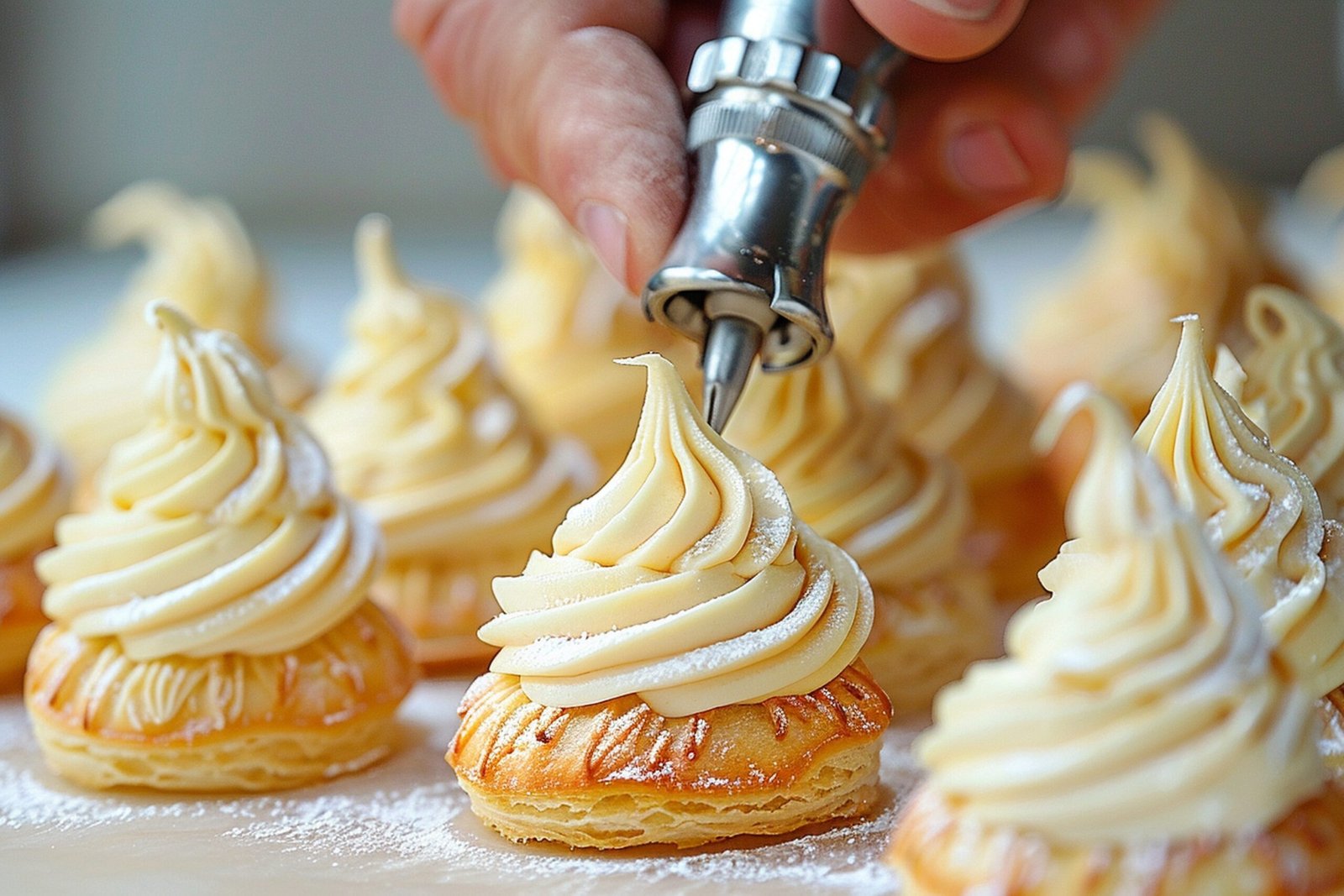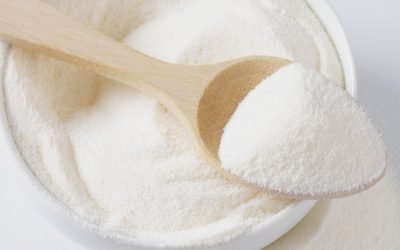
Non-dairy creamers aren’t just for coffee—they can also elevate your baking recipes. These creamers offer a healthier alternative to dairy-based options while still enhancing the flavor and texture of your baked goods. To achieve the best results, it’s essential to understand how to incorporate non-dairy creamers properly into your baking.
Baking Tips and Tricks with Non-Dairy Creamers
Non-dairy creamer is a favorite among those who are lactose intolerant, as it provides a similar flavor and texture to traditional dairy creamers without the added additives. Additionally, it offers certain nutritional benefits. Having used non-dairy creamers in both coffee and baking, I can vouch for their versatility. If you’re interested in incorporating them into your baking, follow these tips:
1. Choose the Right Non-Dairy Creamer
Selecting a high-quality non-dairy creamer is crucial for achieving the best baking results. Various options are available, including oat, coconut, and almond-based creamers, each offering a distinct flavor:
- Coconut creamer works well for cookies, providing a rich and creamy taste.
- Almond creamer offers a lighter flavor, making it ideal for muffins, cakes, and cookies.
- Avoid low-quality creamers, as they can negatively impact the taste and texture of your baked goods.
2. How To Substitute Non-Dairy Creamer In Baking Recipes
Non-dairy creamers can replace several common baking ingredients, including butter, milk, and cream. However, it’s essential to measure them correctly to maintain the integrity of your recipe.
- Replacing Butter: Due to its thick texture, non-dairy creamer works well in low-fat recipes such as brownies and cookies.
- Replacing Milk: Use a 1:1 ratio—if a recipe calls for 2 cups of milk, substitute it with 2 cups of non-dairy creamer.
- Replacing Cream: Mix powdered non-dairy creamer with water using a 1:1 ratio to achieve a consistency similar to dairy cream.
3. Texture And Flavor Adjustment
The moisture content of non-dairy creamers may vary depending on the brand and type. Concentration adjustments may be necessary to achieve the desired texture:
- If the dough is too dry, add more creamer.
- If the dough is too wet, incorporate additional dry ingredients like flour.
Certain creamers, such as coconut creamer, have strong flavors that can dominate a recipe. To balance the taste, experiment with ingredient proportions.
4. Modifty Baking Time And Temperature
Since different ingredients affect baking times, it’s essential to monitor the doneness of your baked goods. Use a fork, toothpick, or chopstick to check the consistency of the dough. When experimenting with non-dairy creamer, be patient and adjust baking times as needed.
Why Baking With Non-Dairy Creamers?
Switching to non-dairy creamers in baking offers multiple benefits. Here’s why you should consider making the change:
1. A Healthier Alternative
Non-dairy creamers often contain low in fat and calories compared to dairy creamers.
- Ideal for those managing their weight.
Cholesterol-free, making it a heart-friendly choice.
2. Variety of Flavors and Textures
Non-dairy creamers come in different flavors and consistencies, allowing for greater creativity in the kitchen. You can experiment with unique flavor combinations for breads, cakes, and pastries.
3. Excellent Stability for Baking
Unlike some dairy products, non-dairy creamers maintain their stability when exposed to heat, ensuring a smooth, creamy texture in baked goods.
4. Versatility in Baking
You don’t have to worry about being limited in trying out baking recipes. No matter what you make including breads, cakes, muffins, tarts, pancakes, and so on, you can rely on non-dairy creamer. So, you can substitute cream, butter, and milk for any of your favorite baking recipes.
5. Suitable for Vegans and Those with Dairy Allergies
Since non-dairy creamers contain no animal products, they are perfect for vegans and those who are lactose intolerant or have milk allergies.
For premium non-dairy creamer options, PT. Lautan Natural Krimerindo offers high-quality products designed specifically for baking. Their creamers are low in sugar, high in fiber, and provide just the right amount of creaminess.
FAQ
Is it possible to use non-dairy creamer for baking recipes?
Yes! Non-dairy creamer works as a substitute for milk or cream in baking.
What are the benefits of baking with non-dairy creamer?
It enhances dough viscosity and provides a soft texture—without the cholesterol or lactose.
How to properly use non-dairy creamer as a substitute in baking recipes?
Use an equal amount of non-dairy creamer in place of milk or cream and ensure thorough mixing for a smooth, well-balanced dough.
What are some special recipes for baking with non-dairy creamer?
You can use non-dairy creamer in puddings, muffins, sponge cakes, and more to achieve a richer flavor and softer texture.
By incorporating non-dairy creamers into your baking, you can create delicious, healthier treats while enjoying greater flexibility in recipe development.



